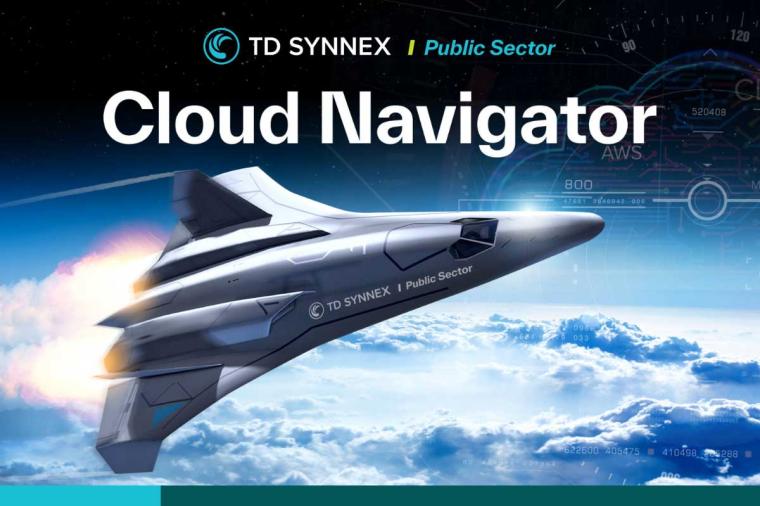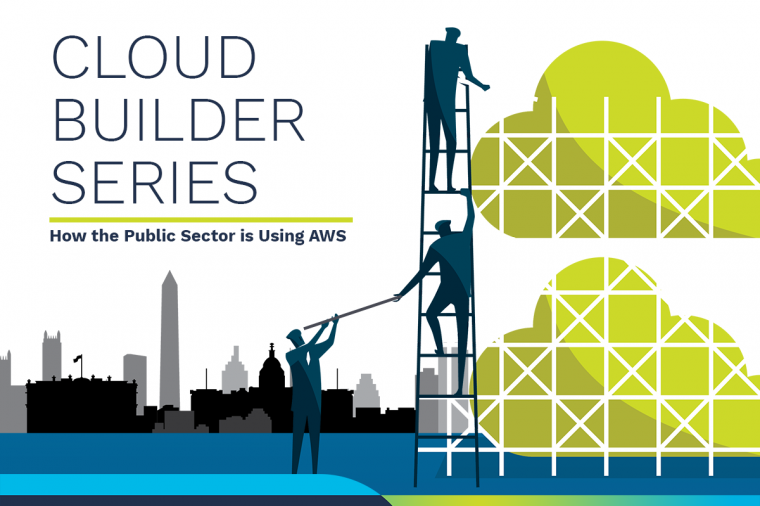As more companies and their employees look to cloud solutions, there is a corresponding uptick in anti-IT rants along the lines of the following:
“Why do we need this archaic, lumbering, anti-progressive weight around the fast, nimble, amazingness that is our business? We can just go to FooCloud.com on our new, hot tablet and do everything we need to do without interference. That'll show those IT dinosaurs!”
IT folks spend their entire working life ensuring that you don't know what it is we do for a living. Not because it is too complex and not because it is unimportant, but rather because if you do need us, then something is broken. We are often compared to electricians, plumbers and infrastructure maintenance. While those comparisons can be apt – we fix broken things you don't or can't fix – it misses a good amount of our responsibilities and doesn't account for any of the challenges we face. There also exist two major tribes of IT folks (Yes, I'm lumping all of the different specialties together): Operations and Enterprise. The differences between these two are subtle but important; it’s why I can't fix my mother's laptop, but I can design your brand new data center facility.
How Operations and Enterprise IT Differ
My background is grounded in Operations IT, which really means I made sure that the applications sold by a company stay running and making money. Customers who can get to their web-based widgets happily fork over cash, but if my team doesn’t do its job– sometimes at the wee hours of the morning– there is a direct impact on the bottom line. Since we are part of the delivery chain, we are visible and have input on requirements, new features and budgets because we are operating costs that need to be accounted for in pricing the services we deliver. We buy the scalable servers, virtualization environments, high-end storage and automation and management tooling to run more efficiently. We are the people that build the cloud in the first place.
On the other hand, enterprise IT professionals are the folks who fix your computer and make sure your email shows up, even on your phone. They make sure that finance has the tools to get the payroll out on time; HR can track vacation and sick days, employee development and raises; and that you can access the intranet and web to do research on your market segment or the latest cute cat videos from Starbucks. This is IT as most people know it. This is also the IT group that has to “evolve or die” in the vitriol-laden exhortations to cloud. This is the process heavy and hidebound dinosaur that can't do something simple like let you do all of your work on your “tablet of the week.”
I am here to stand up for my Enterprise brethren and ask the punditry: Why should we believe your vision of IT? I'm not asking you for empathy as you rant, I'm telling you it's just not as simple as you portray it. Bypassing IT will only result in more pain and suffering.
The Real Real World
Enterprise IT would love to be more responsive and deliver more services. All we need to do to accomplish this is better requirements and bigger budgets. Take a moment and think about all of the departments within your company. Picture the number of different tools you use on a daily basis, then multiply that by the number of departments and then sprinkle in some specialty systems for employee management, facility planning, accounting, customer management and supplier management.
Next, add the hardware on your desk, the servers that support all of the aforementioned tools, the storage for all the data and documents and the multiple flavors of operating systems on all of those devices. In the operations department, we could be talking 4-5 teams of 3-4 people each, all with different specializations. Whereas the enterprise team may consist of 2-4 people. Total.
With all of those requirements and specialties, one may think that IT has unlimited funding. In reality, IT usually doesn't control their budget. The “budget ask” is typically last year’s numbers plus some cost of living increases to “keep the lights on.” Justifying a consolidation means getting the buy-in of numerous stakeholders and fighting for extra money. As the saying goes, “He who has the gold makes the rules,” so new software requirements come down from outside stakeholders who often haven't done any due diligence in how IT will support it and haven't funded extra training or head count. This is how an IT department begins to calcify -- external pressure combined with internal friction.
Everyone I know in Enterprise IT shops, from CIOs to desktop support, would love to be able to support the new “hotness of the week.” We all love technology and gadgets, which is why we do what we do. We want to move to the cloud and remove the mostly tedious and repetitive work and 'just doing’ the services users care about. In fact, many of us have already asked for all of the bright, shiny automation tools that would allow us to push those tasks to machines and let us work on the interesting problems that would make IT better, faster, stronger. But Enterprise IT is already seen as just a cost center, taking money to support applications someone else has already bought. Justifying additional tools for management and automation can prove difficult when competing with all of the other business needs.
People tend to underestimate the level of complexity in our wonderful, modern technological world. Push a button on your cell phone and your email appears, yet there are literally hundreds of interactions and devices that all need to work perfectly to deliver that email. We can't go to the bleeding edge because you will call us every time there is a hiccup or a bump because we can't get budget for the tools to make it work. Or because the internal network was built in 1990 when it was faster to type something by hand and walk a hard copy across the office instead of email it.
Going rogue has never been the answer. Rather than aiming your ire at IT, help them find the choke points and assist them in making the changes we all want to see made instead. Give them the ammunition to put together requirements and budgetary numbers to justify the project. Cloud is an evolutionary tool that many of us in IT would love to add to the toolbox and apply appropriately, but throwing a new hammer at us is much different then helping us buy a new hammer.
















































